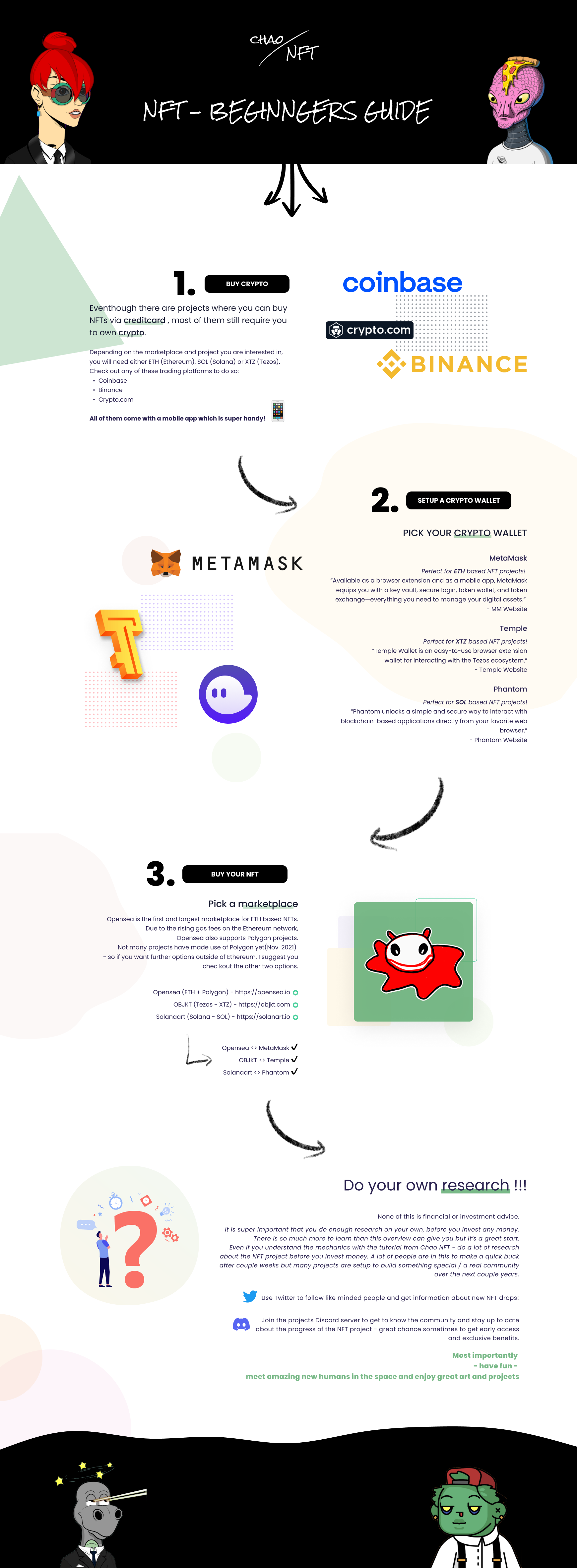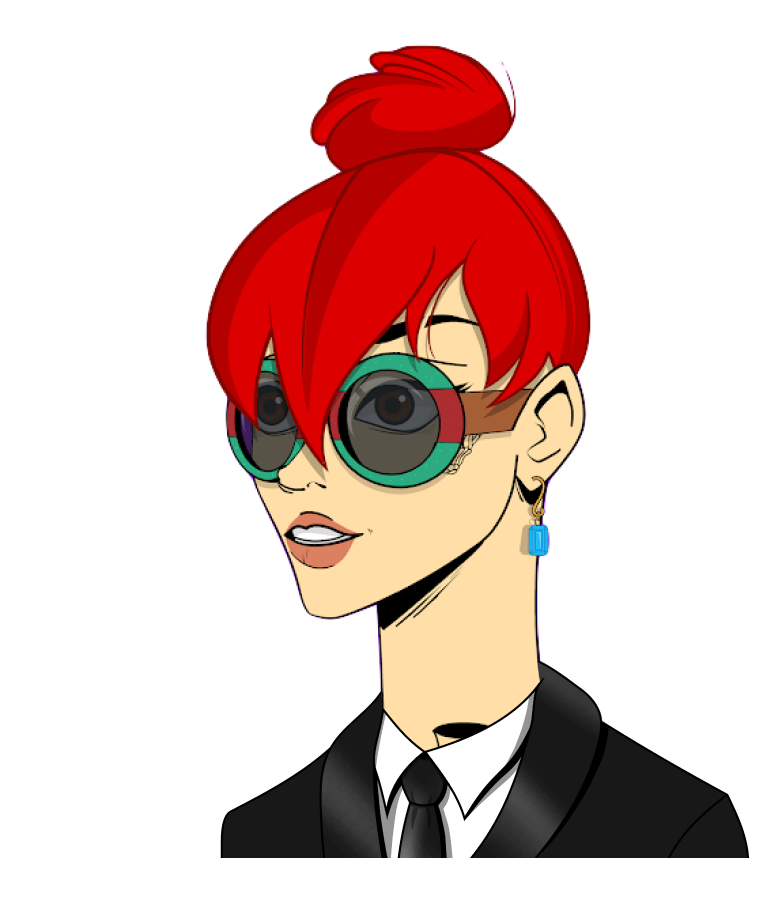Still don't really get it?!
“If it’s a digital asset, what prevents me from simply downloading it, "right click and save as" or taking a screenshot of it? Why are some NFTs sold for so much money?”
Probably, the most commonly used example to explain an NFT is to compare it and its value to a piece of art in the real world.
You can take pictures of the “Mona Lisa” and even buy replicas for as little as 140€, whereas the original is set to be worth more than 800 million euro.
In the digital world, it is the underlying certificate, stored on the blockchain that cannot be altered, that guarantees your NFTs authenticity or "Mona Lisa status".
Other similar examples are old-school trading cards, whether its Basketball Cards, Baseball Cards or Pokémon cards.
There are many cards that look the same at the first glance but comparing further attributes like the number of cards ever printed or the rarity of a single card due to its appearance (diamond shine), make some of them much more valuable/worth than others.
The same goes for NFTs as they come with lots of parallels to the above described but with one big difference which becomes more and more relevant to a lot of the projects that are out there right now, UTILITY.
Before we talk utility, let’s take a look at some of the different types of NFTs that currently exist.


